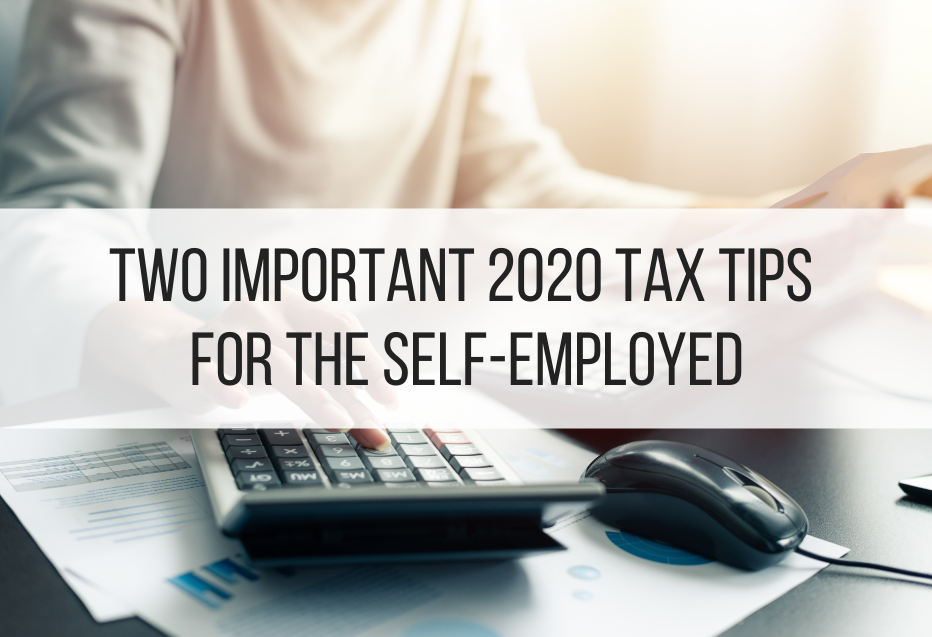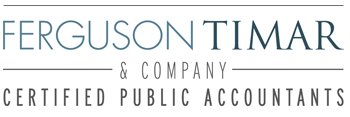
The unprecedented disruption to the economy brought by the coronavirus pandemic has had profound consequences for people who are self-employed. When customers and clients stop placing orders or stop paying their bills, self-employed professionals often struggle to make ends meet.
Several options are available to help small businesses during the crisis. By now most small-business owners probably have heard about federal loan programs like the Paycheck Protection Program, which may offer temporary relief from cash shortages even for sole proprietors. Applying for unemployment benefits may be another way to keep the lights on.
Proactive tax planning should also be part of a self-employed professional’s survival toolkit. Lowering the tax bill for 2020 is only one part of the goal. Taxes paid in prior years can be a source of cash flow for struggling business owners. Becoming more disciplined about taxes now also will continue to pay dividends into 2021 and beyond.
Ferguson Timar helps many small business owners develop more effective tax strategies. These are two that we think are worth thinking about in 2020.
- Use net operating loss carryback to access profits from prior years.
Among the important provisions in the Coronavirus Aid, Relief, and Economic Security (CARES) Act is a temporary relaxation of the rules governing carryback of net operating losses from business activities. The law allows businesses—including sole proprietors—to apply 100% of losses accrued in the tax years prior to 2021 to the five tax years prior to the year of the loss. By “carrying back” losses in this way, a business owner can reduce or eliminate taxable income from those prior years and claim a refund for taxes paid in those years.
Carrying back net operating losses is a great strategy for taxpayers who earned a healthy profit prior to 2020, but who are now facing mounting expenses. If cash reserves allow for it, a business owner may want to increase losses in 2020 to take advantage of the carryback allowance, for example by buying new equipment to support the business.
- Consider the home office deduction.
People who use a part of their home exclusively as an office may want to consider using the home office deduction to reduce their 2020 tax liability. The home office deduction allows self-employed individuals to claim a portion of expenses related to the home as business expenses. These include mortgage or rent payments, utilities, repairs and maintenance, and other costs.
Many people who work from home have thought about the home office deduction in the past and decided it was not worth taking. The challenges of 2020 may have changed that outlook.
Home office deductions are calculated in a couple different ways. For expenses related to the entire home, like mortgage or rent payments, the deductible portion is calculated based on the office’s square footage compared to the rest of the home. If the home office area takes up 15% of the total square footage of the home, that is the amount of whole-home expenses that can be deducted. Certain costs that relate only to the office space itself, such as upgrades to electrical outlets at an office desk, may be fully deductible.
The home office deduction is quite complex and is subject to important caveats. The home office must be used exclusively and regularly for business purposes, and it must be your principal place of business. IRS Publication 587 runs down the full list of requirements and restrictions.
The home office deduction should not be taken without considering the downsides. People who own their homes will need to evaluate the deduction’s impact on the tax basis of their home. By taking a home office deduction, a homeowner is essentially taking an advance against the price paid for the home, so when the home is sold any taxable gain will include certain amounts claimed in the home office deduction.
Ferguson Timar supports small businesses and their owners.
The tax advisors and bookkeeping professionals at Ferguson Timar work hand-in-hand with clients to ensure their tax strategies are efficient and cost-effective for the long term. How are you addressing your tax needs in 2020? Give us a call at (714) 204-0100 or reach out through our contact page to make an appointment with one of our advisors.
